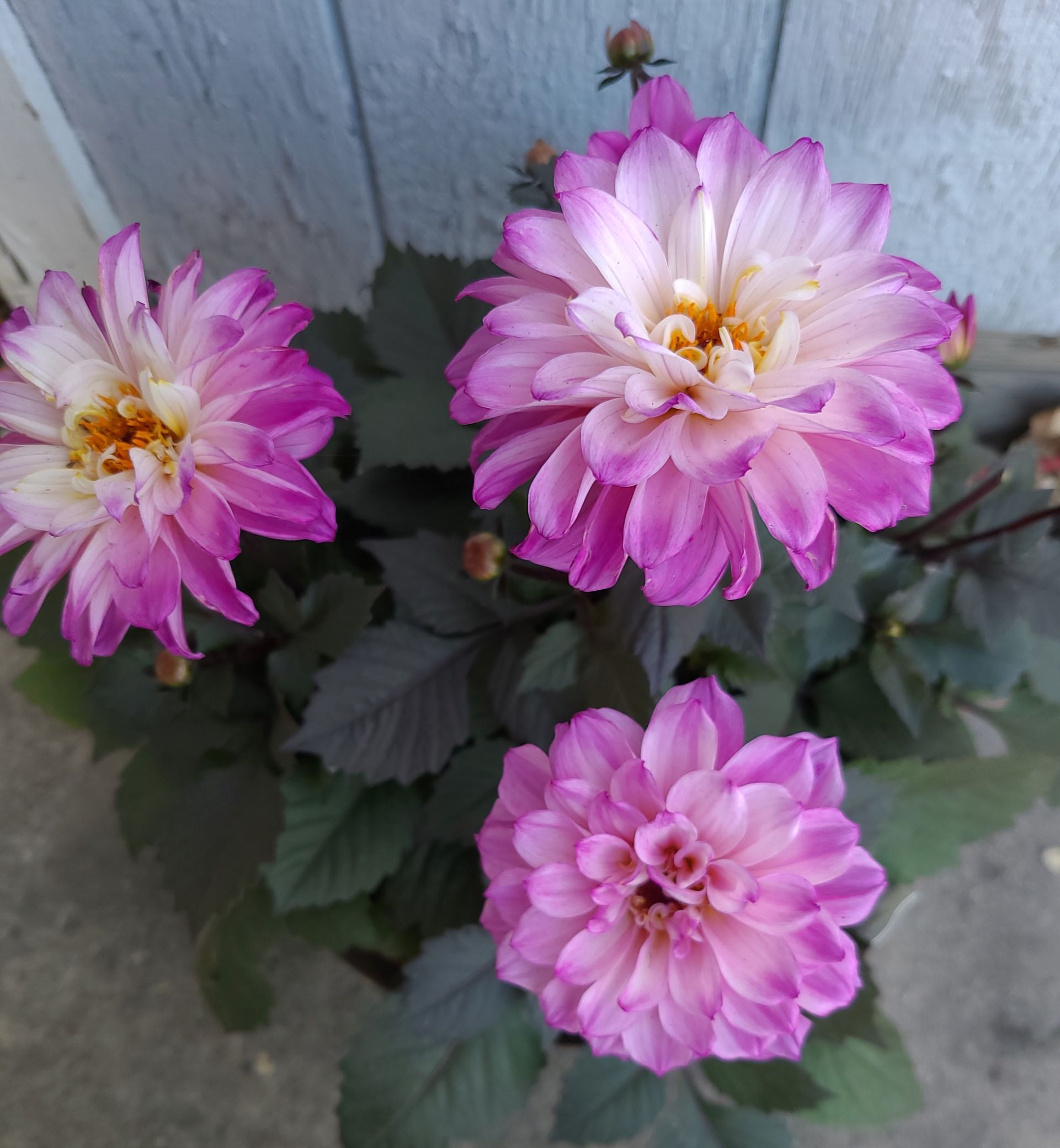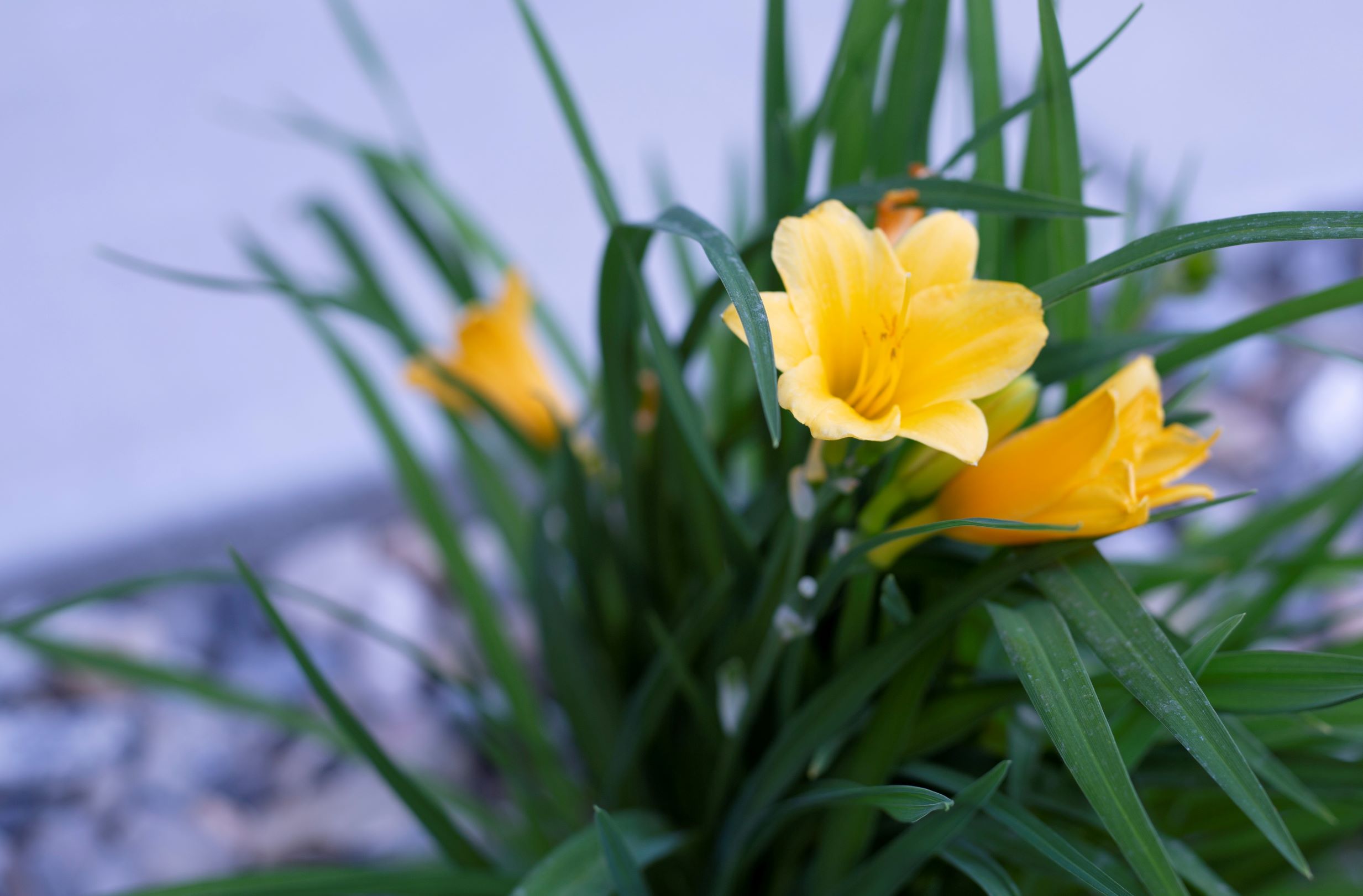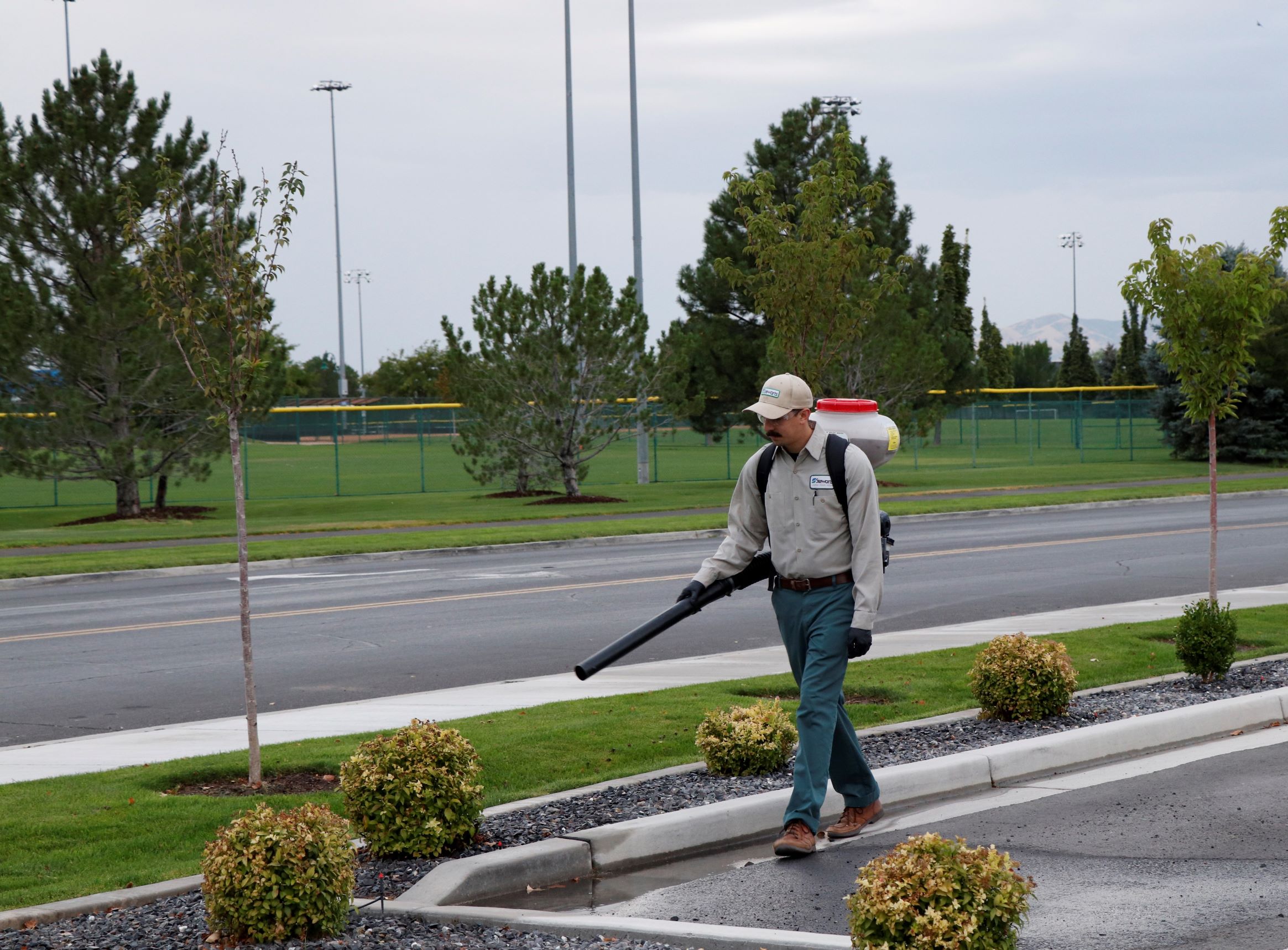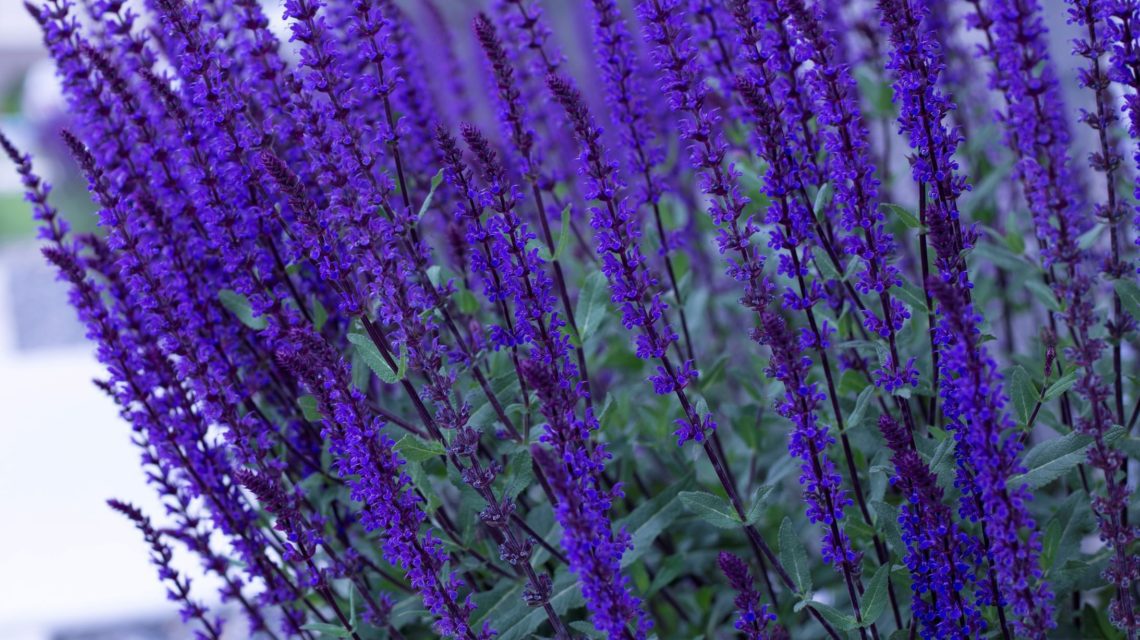Have you struggled to grow a flower garden in the past? Are you sick of pulling weeds in your flowerbed? In this post, you’ll learn tips for a healthy garden and find a solution to your weed-pulling woes.
The following tips are helpful for anyone planning to grow a flower garden this year:
- Pick the right spot in your yard
- Prepare your soil
- Choose the right flowers for your Utah garden
- Water your garden correctly
- Use proper weed control
1. Pick the Right Spot in Your Yard for a Garden
Choose a spot in your yard that gets the right amount of sun for the type of flowers you plan to grow. Most flowers like about six hours of full sun a day, so choose a sunny spot. You should also consider the quality of the soil in your chosen location.
If you choose a spot that is currently covered with grass, make plans to completely kill and remove the grass before starting to prepare the soil there for flowers. Grass can easily be killed with a vegetation control spray. But be careful because some vegetation control sprays are so powerful that nothing will be able to grow in the area for a few months after spraying.

2. How to Prepare Soil for Your Flowerbed
Cultivating nutrient-packed soil can take years, so start the process today. To start preparing your soil for flowers, follow these steps:
- Mix a few inches of compost deep into your soil
- Make sure soil is moist rather than wet when mixed
- Add a layer of mulch to the top of the flowerbed to help prevent weeds
Loamy soil—a 40–40–20 mix of sand, silt, and clay—is best for flower gardens. Adding compost and mulch to your dirt will help make your soil loamy and nutrient-rich.
Compost
You can purchase bags of compost at a home improvement store, or you can start your own compost pile. Starting your own compost pile is easy and free, but decomposition takes time—some organics take years to decompose.
Homemade compost can be composed of old lawn clippings, dead leaves, fruit scraps, vegetable waste, etc. When creating your own compost pile, make sure it includes an equal portion of different types of waste. Following are some helpful tips for starting your own compost pile:
- Choose a shady spot in your yard for the compost pile
- Chop up larger pieces as you add them to the compost pile
- Occasionally add water to the compost pile to aid decomposition
Compost things like fruit and vegetable scraps, grass clippings, leaves, shredded paper, coffee grounds, nutshells, wood chips, etc.
Avoid composting dairy products, diseased plants, meat scraps, pet wastes, grease, etc. These items will stink up your yard and attract animals and pests.
3. Choose the Right Flowers for Your Utah Garden
Choosing the right flowers for your garden is crucial to your gardening success. Some flowers that do well in Utah’s hot, dry climate are the following:


- Chrysanthemums
- Bloom from mid-July to November
- Can grow almost anywhere in the US
- Need full sun and fertile, well-drained soil
- Often planted in small groups
- Dahlias
- Native to the Western hemisphere
- Can grow in dry areas if watered enough
- Bloom from July to November
- Some varieties grow to over 6 ft. tall
- Coneflowers
- Attract butterflies
- Bloom from June through October
- Take full sun, but like a little shade during very hot days


Yellow Daylily
- Daylilies
- Very adaptable to Utah soil and climate
- Bloom for a few weeks during spring or summer (depending on the species)
- Easy to pair with other flowers in your garden
Consult your local nursery for more flower suggestions.
4. Water Your Garden Correctly
Just like your lawn, water your flower garden deeply and less often so roots anchor deep into the soil. Watering less frequently for longer periods of time forces flower roots to search deep for moisture, allowing them to be more resilient during the summer heat.
Many people water their flower gardens for 15–20 minutes every day. This is a mistake! Once plants are growing well in the flowerbed, watering 1–2 times a week for 30–45 minutes is best. Some plants can even go two weeks between watering sessions.
If you’re not sure when to water your flowers, you can try a couple of things to determine when they need water:
- Plant an “indicator plant” that wilts quickly if it’s not watered well enough. It will let you know when to water!
- Check the soil. If you can pick up a handful of soil and make a loose ball, then it is probably moist enough. If your soil is rock hard, you should have watered long before.
5. Use Proper Weed Control in Your Garden
To most effectively keep weeds out of your flowerbeds, use a combination of pre-emergent (weed preventative spray) and non-selective herbicide (weed control that can kill any plant) throughout the spring and summer.
Non-selective Herbicide
Non-selective herbicides kill any plant they touch, so when using this in your flowerbed, spray it directly onto weeds and try to prevent it from touching any of the other plants in your flowerbed.


Pre-emergent
Pre-emergent helps prevent weeds that grow from seeds each year by killing the seeds in the soil before they can germinate. To be effective, pre-emergent needs to be applied at the correct time. If it’s applied too late, the weeds will continue to grow through it. If it’s applied too early, the pre-emergent will wear off before it can kill any seeds.
Stewarts uses a combination of weed control spray and pre-emergent in its flowerbed program. The program is guaranteed and takes care of your flowerbed from April to November.
Do you want help getting rid of the weeds in your flowerbed this year? Call or text us at 801-226-2261 today for more information and a free quote!



